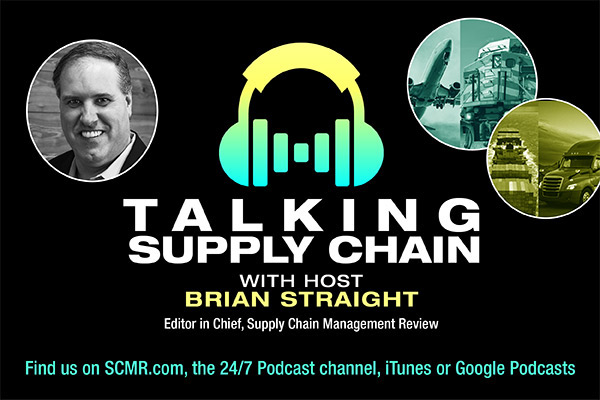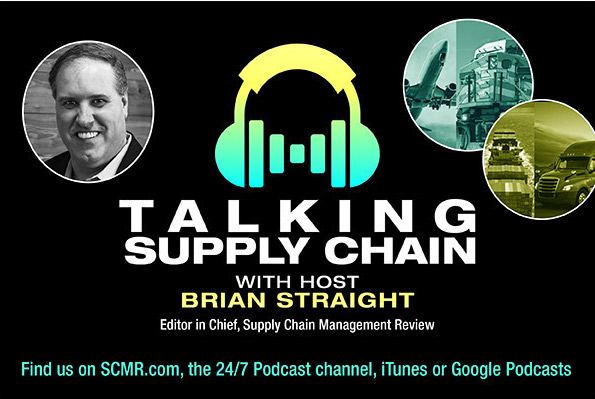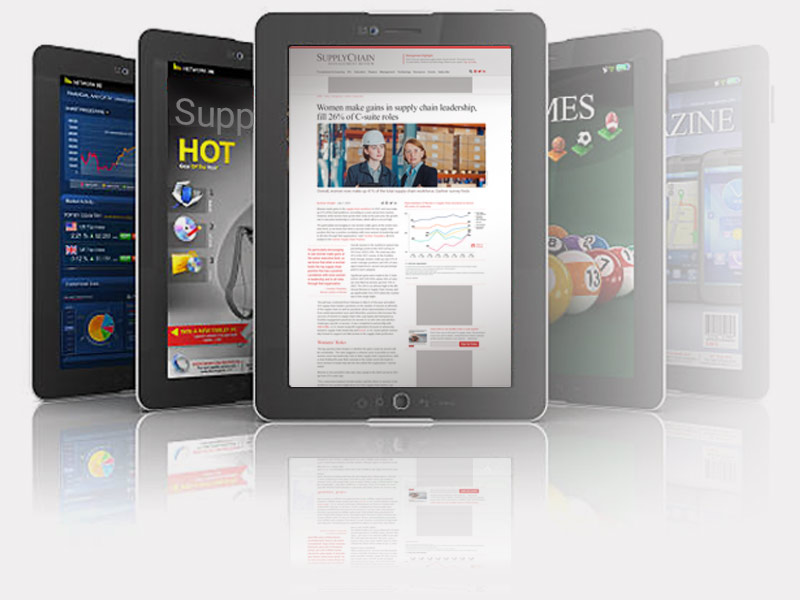A new report from RR Donnelley attempts to break down the readiness of the supply chain for the future, and it has produced some interesting nuggets of interest to leaders.
Among the biggest surprises is that while artificial intelligence is rapidly gaining traction, investment is specifically taking place in near-term technologies such as real-time visibility, scanning codes, and predictive analytics. Of those using AI, 59% said they are utilizing it for supply forecasting operations.
And, as nearshoring and reshoring continue to dominate global trade headlines, and President-elect Donald Trump floats widespread tariffs, 97% of survey respondents plan to reengineer their supply chain in the next two years, with 30% planning a “total and complete reengineering.” As part of this, 69% of respondents are developing new relationships with alternative suppliers, 67% are increasing domestic sourcing, and 52% are seeking dual sourcing from geographically dispersed suppliers.
“Supply chain leaders are not just adapting, they are completely transforming their approaches to secure a more stable future,” said John Marrow, president, Supply Chain Solutions, RRD. “Our report shows that while challenges remain, the right mix of innovation, risk management and proactive re-engineering can turn these challenges into opportunities for growth and resilience.”
Inside the report
The Future-Ready Supply Chain report revealed that 93% of supply chain leaders are at least somewhat confident in their resilience against future disruptions, with 66% saying they are very confident.
The report, which surveyed over 300 supply chain decision-makers, highlights key strategies businesses are using to build stronger, more adaptive supply chains.
While talent shortages remain a concern, the report found inflation and price fluctuations are greater concerns in the future.
According to the report, when implementing AI, supply chains are using it for:
- Supply forecasting (59% of respondents using AI)
- Visibility and tracking (56%)
- Optimizing operations (56%)
- Demand forecasting for kitting (57%)
Additionally, 60% plan to implement advanced order management systems over the next two years.
Sustainability continues to be an area of investment, with 50% investing in logistics, 41% in sourcing of components and/or raw materials, and 41% in supplier relationships.
Supply chain revamps
Nearly all respondents noted an interest in supply chain reengineering. Digging into the data a little deeper, RRD found the reasons for this included customer demand for a wider range of products (43%), rising transportation costs (42%) and enhanced supply chain visibility and control (42%).
Obstacles to this process noted by respondents included high upfront costs, potential disruption to current operations, and integration challenges with existing systems.
SC
MR

More Supply Chain Technology
- Collaborative supply chain innovation
- Getting unified for greater business growth
- How composable technology is revolutionizing supply chain management
- Managing supply chains in times of uncertainty: The emergence of digital twin technologies
- Stop buying technology. Start purchasing a problem-solving solution
- More Supply Chain Technology
What's Related in Supply Chain Technology

 Explore
Explore
Topics
Software & Technology News
- Employee versus enterprise AI adoption
- Uber Freight’s Val Marchevsky to deliver Keynote at NextGen Supply Chain Conference
- Trust the team, win the customer
- Breaking barriers in B2B forecast sharing: How sFTP automation is reshaping supply chain data exchange
- A conversation on the life sciences supply chain with DHL’s Jim Saponaro
- Data center growth driving new logistics opportunities
- More Software & Technology
Latest Software & Technology Resources

Subscribe

Supply Chain Management Review delivers the best industry content.

Editors’ Picks




